Without explosion protection systems, resulting pressure and flames from a combustible dust deflagration will not only quickly expand within the vessel from which it originates but also will propagate into interconnected equipment.
This upstream and downstream flame propagation may create secondary explosions, which are often even more catastrophic than the original deflagration itself.
Explosion isolation systems are used to contain the deflagration to the vessel from which ignition occurred. Depending on various factors, two categories of explosion isolation systems may be used: active and passive.
Passive Isolation
During normal operation, passive isolation devices are held open by process flow and are closed from the pressure wave of a deflagration.
Passive isolation devices include:
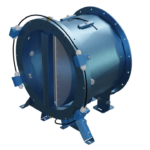
- Dual Flap Isolation Valve (DFI) – a compact, lightweight dual-flap isolation valve that’s tested and proven to perform accurately under real-world conditions it may experience during a deflagration. Used on upstream side of process flow for sizes up to DN800.
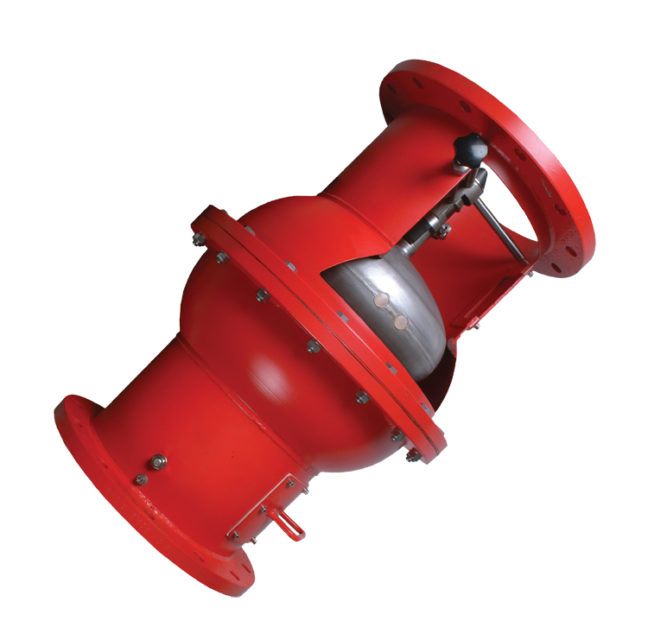
- Ventex Valve – Features a spring-loaded “poppet” which is held open during normal airflow and locks closed when pressure overcomes the mechanism. Often used on outlets ranging from DN100 to DN600.
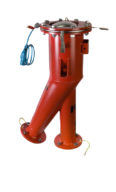
- Fike Explosion Diverter – Uses vent panel to relive pressure and flame in pipe; bi-directional; available up to DN600
Active Isolation
Active isolation may be achieved by creating chemical or mechanical barriers, both of which are activated by an explosion detection and control system.
Active isolation devices include:
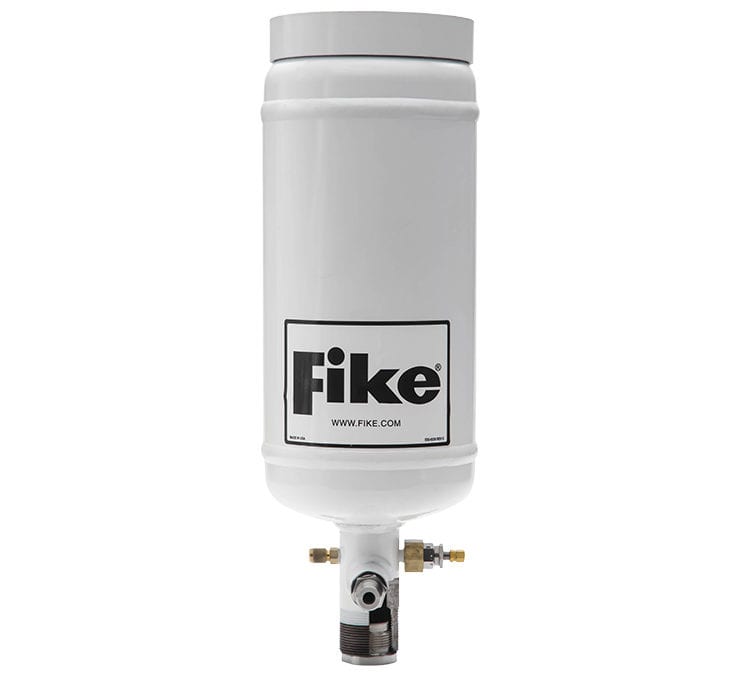
- Standard Rate Discharge (SRD) – Creates a chemical barrier by injecting a suppressant agent into the duct, pipe or conveyor to prevent combustion from propagating. Various ducts, such as screw conveyors, can only be isolated with chemical suppression.
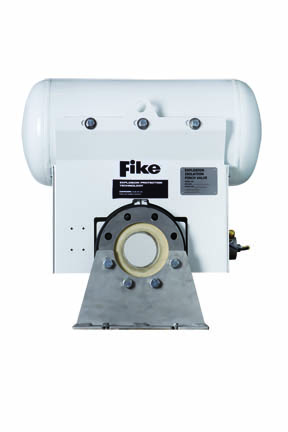
- Explosion Isolation Pinch Valve (EIPV) – Consists of a heavy duty cast valve body containing a rugged elastomer sleeve, which upon explosion detection fills with compressed air and is pinched to full closure within milliseconds.
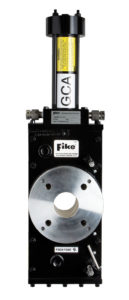
- Explosion Isolation Valve (EIV) – Gas cartridge actuator (GCA) releases gasses to close the explosion isolation valve in 5 milliseconds per inch of valve diameter or less, protecting connected equipment against deflagration pressures up to 145 psig.

Explosion protection is important to your business. Finding the solutions to your explosion protection needs is something we have been doing since 2004. Our customers have found that they can trust the experience, knowledge, honesty, integrity and ethics of SSI’s sales team. We invite you to contact one of the members of this team to discuss how SSI can protect your employee’s life safety and your valuable assets for the continued operation and success of your company. Contact us or call 1-800-360-0687 for a System Sales and Design Consultant to assist you with your needs.
You must be logged in to post a comment.